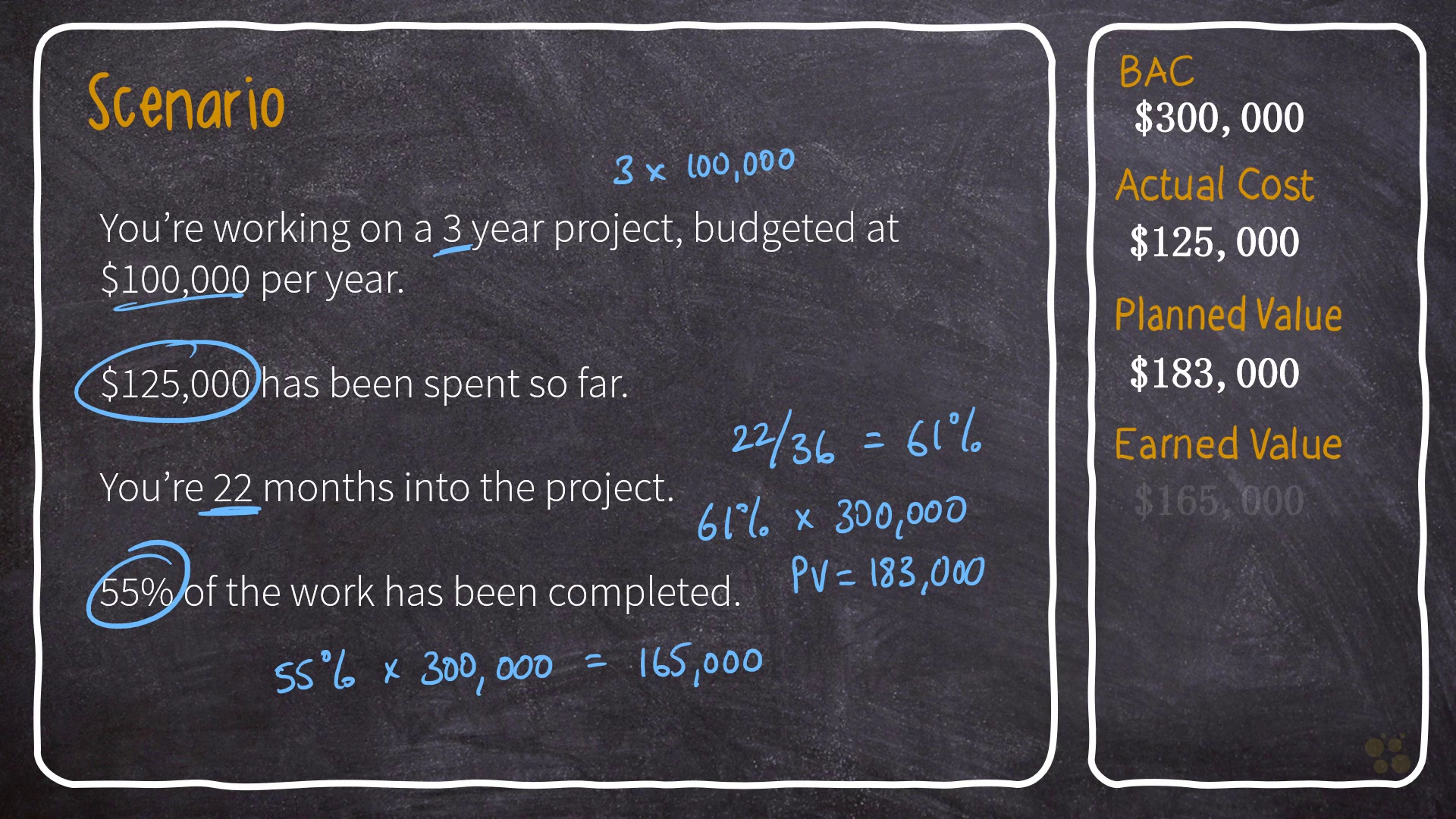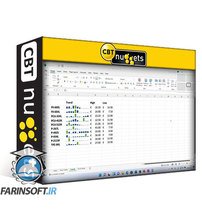1. Defining a Project
2. What is Project Management
3. Projects, Programs, and Portfolios
4. Project Life Cycles
5. Project Management Processes
6. Process Groups
7. Tailoring for Different Projects
8. Enterprise Environmental Factors
9. Organisational Process Assets
10. Introducing ITTOs
11. Organisational Systems
12. Organisational Structure Types
13. The PMO
14. The Hierarchy of Projects, Programs, and Portfolios
15. Introducing the Key Project Roles
16. The Primary Functions of a Project Manager
17. The Project Managers Sphere of Influence
18. The PMI Talent Triangle
19. Leadership Styles
20. Management vs Leadership
21. Politics, Power, and Getting Things Done
22. Performing Integration
23. Introducing Project Integration Management
24. Selecting a Project
25. Developing the Project Charter
26. Developing Project Management Plan
27. Directing and Managing Project Work
28. Managing Project Knowledge
29. Monitoring and Controlling Project Work
30. Performing Integrated Change Control
31. Closing the Project or Phase
32. Introducing Project Scope Management
33. Planning Scope Management
34. Collecting Requirements
35. Defining Scope
36. Create WBS
37. Validate Scope
38. Control Scope
39. Scope Management in Agile Environments
40. Introducing Schedule Management
41. Plan Schedule Management
42. Define Activities
43. Understanding Activity Relationships
44. Sequence Activities
45. Estimating Techniques
46. Estimate Activity Durations
47. Introducing Critical Path
48. Critical Path Method
49. Scheduling Techniques
50. Develop Schedule
51. Control Schedule
52. Introduction
53. Tools and Techniques
54. Agile Release Planning
55. Monitoring and Controlling
56. Introducing Cost Management
57. Plan Cost Management
58. Estimate Costs
59. Determine Budget
60. Introduction to Earned Value Management
61. Variance Analysis
62. Forecasting
63. VAC and TCPI
64. Earned Value Formulas Roundup!
65. Control Costs
66. Introducing Quality Management
67. Some Terms and Vocabulary
68. Philosophies and Approaches to Quality
69. Planning Quality Management
70. Managing Quality
71. Control Quality
72. Introduction
73. Team Building and Development
74. Managing Conflict
75. Problem Solving and Facilitation
76. Motivating the Team
77. Virtual Teams
78. Agile Teams
79. Introducing Resource Management
80. Resource Management Approaches
81. Plan Resource Management
82. Estimate Activity Resources
83. Acquire Resources
84. Develop Team
85. Manage Team
86. Control Resources
87. Introducing Communications Management
88. Communication Methods
89. Communication Models
90. Effective Written Communication
91. Plan Communications Management
92. Manage Communications
93. Monitor Communications
94. Introducing Risk Management
95. Plan Risk Management
96. Identify Risks
97. Perform Qualitative Risk Analysis
98. Perform Quantitative Risk Analysis
99. Risk Response Strategies
100. Plan Risk Responses
101. Implement Risk Responses
102. Monitor Risks
103. Introducing Project Procurement Management
104. Contracts
105. Plan Procurement Management
106. Conduct Procurements
107. Control Procurements
108. Introducing Stakeholder Management
109. Identify Stakeholders
110. Plan Stakeholder Engagement
111. Manage Stakeholder Engagement
112. Monitor Stakeholder Engagement
113. Concluding Thoughts










